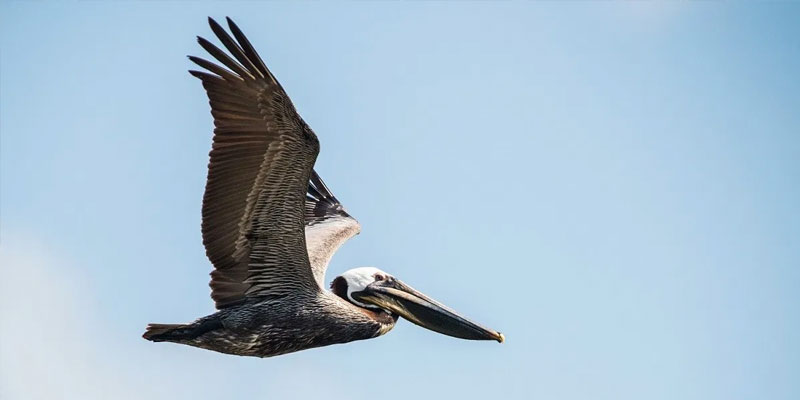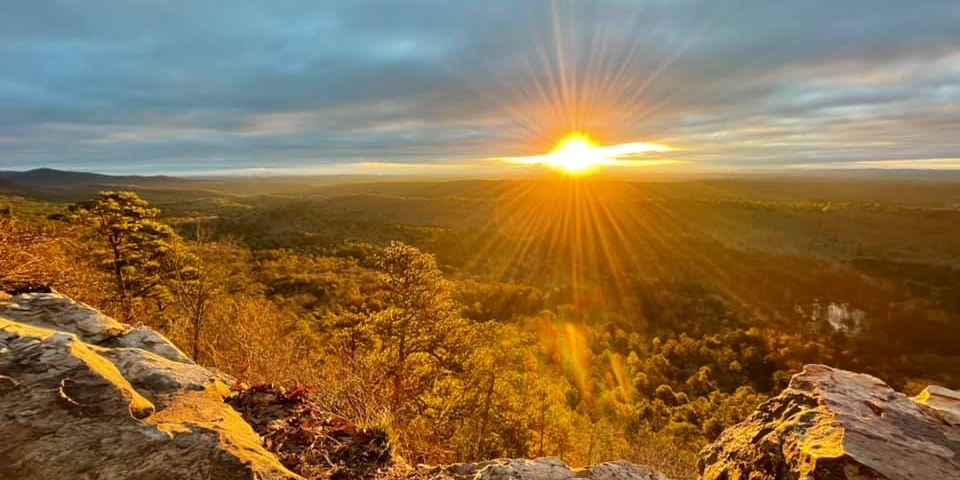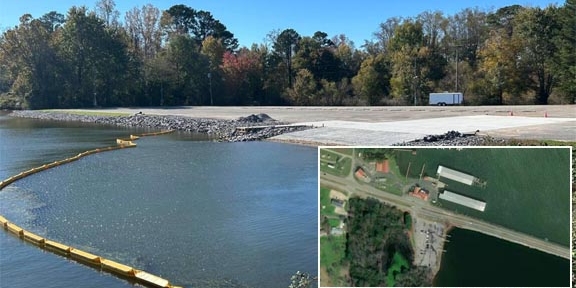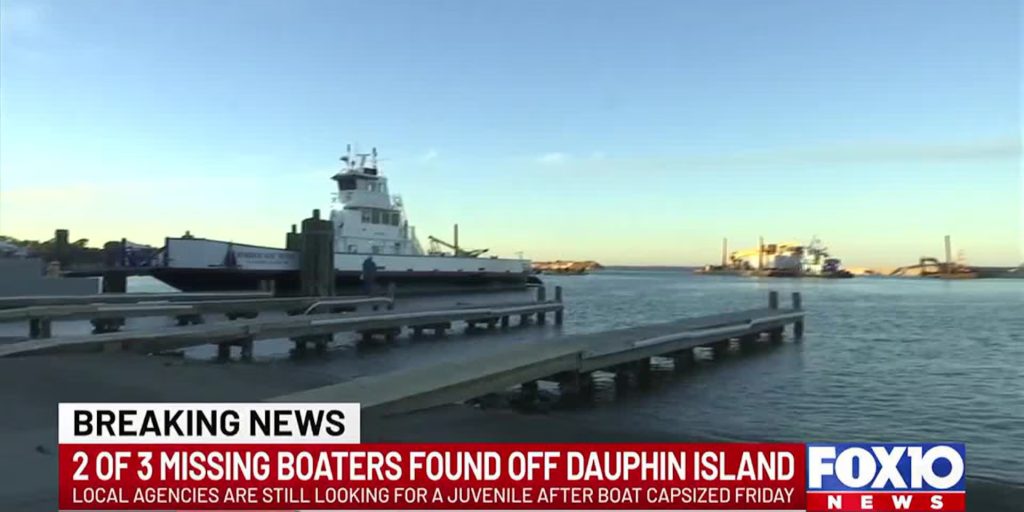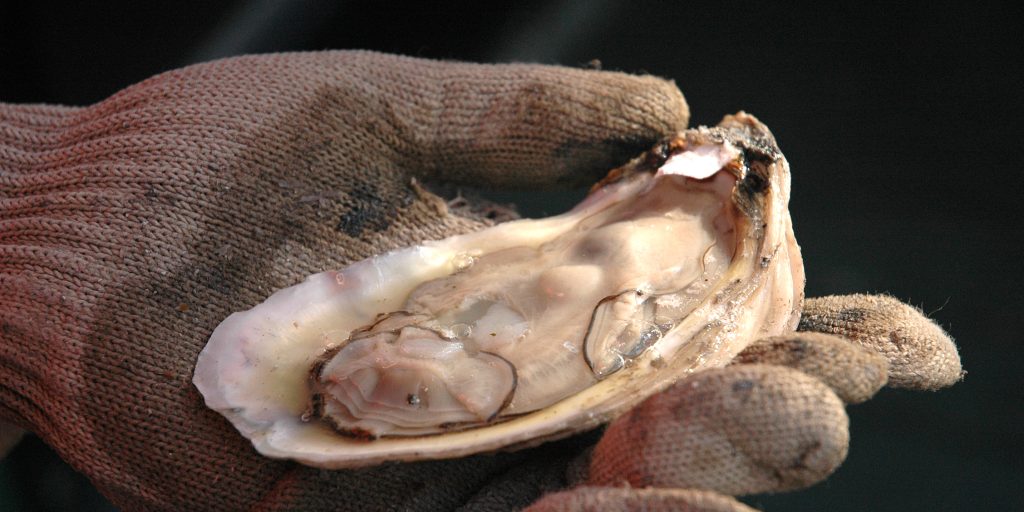Governor Kay Ivey announced Thursday that $25,970,000 million worth of projects on Alabama’s coastline have been funded by the National Fish and Wildlife Foundation (NFWF).
The projects, which include a major investment in Dauphin Island and a headwaters restoration of Bon Secour River, were developed in partnership with the Alabama Department of Conservation and Natural Resources (ADCNR).
“These projects represent a continuation of Alabama’s coastal recovery from the 2010 BP Oil Spill. They will restore some of what was damaged, while at the same time making our coastal communities more resilient,” remarked Ivey in a statement.
The largest of the investments announced Thursday is worth $19,970,000 and will go towards restoring habitat around the Dauphin Island Causeway.
“[T]he Dauphin Island Causeway project is an example of multiple agencies working together to restore Alabama coastal habitat and at the same time create resiliency in our coastal community. Mobile County, with support from Mobile Bay NEP, is doing an excellent job leading this project,” stated ADCNR Commissioner Chris Blankenship in a release.
All projects in Alabama are being funded out of the NFWF’s Gulf Environmental Benefit Fund (GEBF), a pool of money created by BP as recompense for the Deepwater Horizon oil spill in 2010.
The NFWF was created by Congress but exists as an independent charity that seeks to enhance and protect the availability of America’s outdoor environments. It is governed by a 30-member board of directors appointed by the U.S. Secretary of the Interior.
Alabama has now received GEBF support for 38 projects worth nearly $241 million. All projects granted through the GEBF have been selected after extensive work done by the ADCNR.
Blankenship added Thursday that his department was “pleased and excited with this team effort making the most of this opportunity to protect and manage Alabama’s natural resources. We are appreciative of the work to implement all these valuable projects for the betterment of Coastal Alabama.”
“I thank our partners at NFWF and ADCNR for their continued diligence in leading this effort,” Ivey concluded.
The full list of projects, per the governor’s office:
Bon Secour River Headwaters Restoration – Phase II, $5,100,000
This award supports the implementation phase of an effort to improve approximately one mile of streambank and construct a 70-acre wetland system designed to treat urban runoff that is adversely affecting downstream fisheries. The constructed wetlands will address nutrient, sediment and debris flow to improve water quality in the lower Bon Secour River and Bon Secour Bay. This section of the Bon Secour River encompasses major headwaters and the main channel of the Bon Secour River immediately downstream from the City of Foley.This project addresses the top priority identified in the previously funded Bon Secour Watershed Management Plan. Specifically, the plan identifies the need to address urban runoff from the City of Foley as one of the top priority activities for restoring watershed health.
Wolf Creek Headwaters Restoration – Phase I, $500,000
This project will complete the engineering and design phase of a project to improve water quality within the Wolf Creek headwaters. This project area is the largest source of artificially high sediment runoff to Wolf Bay, an Outstanding Alabama Water. The project would consist of approximately 7,000 linear feet of stream restoration/stabilization, 36 acres of riparian wetland restoration, and a constructed wetland with floodplain enhancement encompassing the major headwaters of Wolf Creek. The headwaters restoration, stabilization, floodplain and wetland enhancement will reduce pollutant and stormwater impacts to Wolf Bay from increased stormwater runoff that is the result of rapid development of the City of Foley over the past two decades. Increased floodplain functionality during storm events will facilitate improved hydrologic function and prevent the harmful effects of future erosion within the watershed.Dauphin Island East End Beach and Dune Restoration – $1,400,000
This project will complete engineering, design, and permitting for the restoration of nearly a mile of beach and dune habitat on the east end of Dauphin Island, a 14-mile long barrier island off the coast of Mobile County. The initial project concept is to place an estimated 1.2 million cubic yards of sand along 4,800 feet of shoreline to restore 35 acres of beach and dune habitat. Additional measures, such as planting and sand fencing, would be included as appropriate to assist in retaining sand on the restored beach and dune system. In 2016, the Town completed the first phase of this priority beach restoration project using Coastal Impact Assistance Program funds.Dauphin Island Causeway Shoreline and Habitat Restoration Project – Phase II, $18,970,000
This project will design and install breakwater and create intertidal marsh habitat while providing protection against future erosion and storm damage. In April 2020, Phase I of this project, a $9,392,000 award, was funded award under GEBF to create and protect important coastal habitat, reducing vulnerability of the only access route between south Mobile County and Dauphin Island. Project activities will be co-funded through NFWF’s Emergency Coastal Resilience Fund which was funded under the Supplemental Appropriations Act of 2019 (P.L. 116-20), allowing grants to be awarded through a partnership between NFWF and NOAA. Senator Richard Shelby (R-AL) was instrumental in the passage of this critical funding legislation.
Henry Thornton is a staff writer for Yellowhammer News. You can contact him by email: [email protected] or on Twitter @HenryThornton95.




